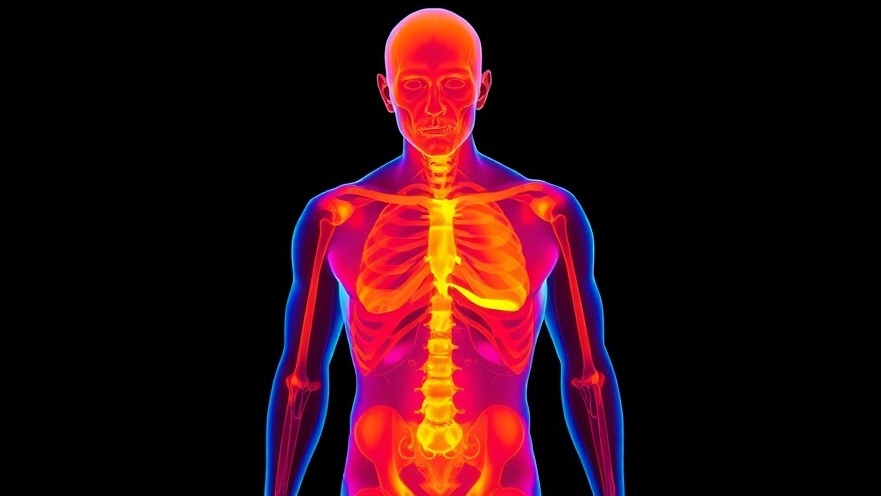
Thermal Imaging: A Game Changer for Vital Signs Tracking
Recent advancements in healthcare technology are transforming how we monitor vital signs, and a team at the Georgia Institute of Technology is leading the way. They've developed a thermal imaging system that not only tracks essential physiological metrics such as heart rate, respiration, and body temperature, but does so with remarkable accuracy and without the need for direct contact. This innovation presents a potential leap forward in early disease detection, particularly for conditions like cancer, where subtle changes in body temperature could indicate underlying health issues.
The Science Behind Phasor Thermography
The researchers have tackled the age-old problem of spectral ambiguity typical in traditional thermal imaging. By enhancing the clarity of thermal images, they're able to differentiate even slight temperature variations. Dingding Han, the lead author of the study, explains that this 'phasor thermographic technology' provides a means for material segmentation and enables more precise biometrical assessments. The system effectively reduces environmental noise and focuses on the vital signs that matter most.
Enhanced Accuracy in Vital Signs Measurement
In their research, the team successfully demonstrated the capability to accurately measure vital signs from multiple body regions simultaneously, showcasing a groundbreaking potential for real-time monitoring in clinical settings. This could be particularly beneficial for telemedicine, where physicians can conduct assessments remotely without the complications of patient interaction or discomfort from physical sensors.
Environmental Adaptability: A Vital Advantage
One of the standout features of this system is its ability to operate in diverse settings. The technology proved effective in capturing variations in vital signs, even in scenarios where multiple individuals were present. This flexibility is essential for clinics and hospitals that have to monitor patients without compromising privacy or comfort.
The Future of Healthcare Monitoring Technologies
As healthcare practitioners look for innovative ways to enhance patient care, technologies like phasor thermography may become fundamental tools in everyday practice. Predictions indicate that the integration of this technology could not only streamline patient assessments but could also play a vital role in longitudinal studies where consistent monitoring is necessary. With persistent advancements in thermal imaging tech, the future appears not only bright but filled with opportunities for proactive healthcare.
Potential Applications Beyond Vital Signs
Moreover, the implications of this technology could extend beyond tracking vital signs. Its precision may open up avenues for diagnosing a variety of disorders based on tissue differentiation and temperature anomalies. For concierge health practitioners, staying atop these technologies means providing cutting-edge options for your patients—further establishing your practice as a leader in patient-centered care.
Essential Considerations for Practitioners
While the prospects are promising, practitioners ought to remain cognizant of the challenges that integrating new technologies can pose. Training, equipment costs, and patients’ acceptance of new monitoring methods must all be considered. However, the evidence suggests that the potential benefits—for both clinicians and patients—far outweigh the initial hurdles.
Conclusion: Embrace the Change in Healthcare
As healthcare continues to evolve, the adoption of innovative technologies like thermal imaging for monitoring vital signs is not just advantageous; it is essential. For concierge health practitioners, embracing these changes can revolutionize your practice, enhance patient engagement, improve outcomes, and position your services as forward-thinking and adaptable to the needs of modern healthcare.
Be proactive and start exploring the integration of these technologies into your practice today. Not only can it elevate your service offerings, but it also places you on the cutting edge of medical advancements in patient care.
 Add Row
Add Row  Add
Add 






Write A Comment